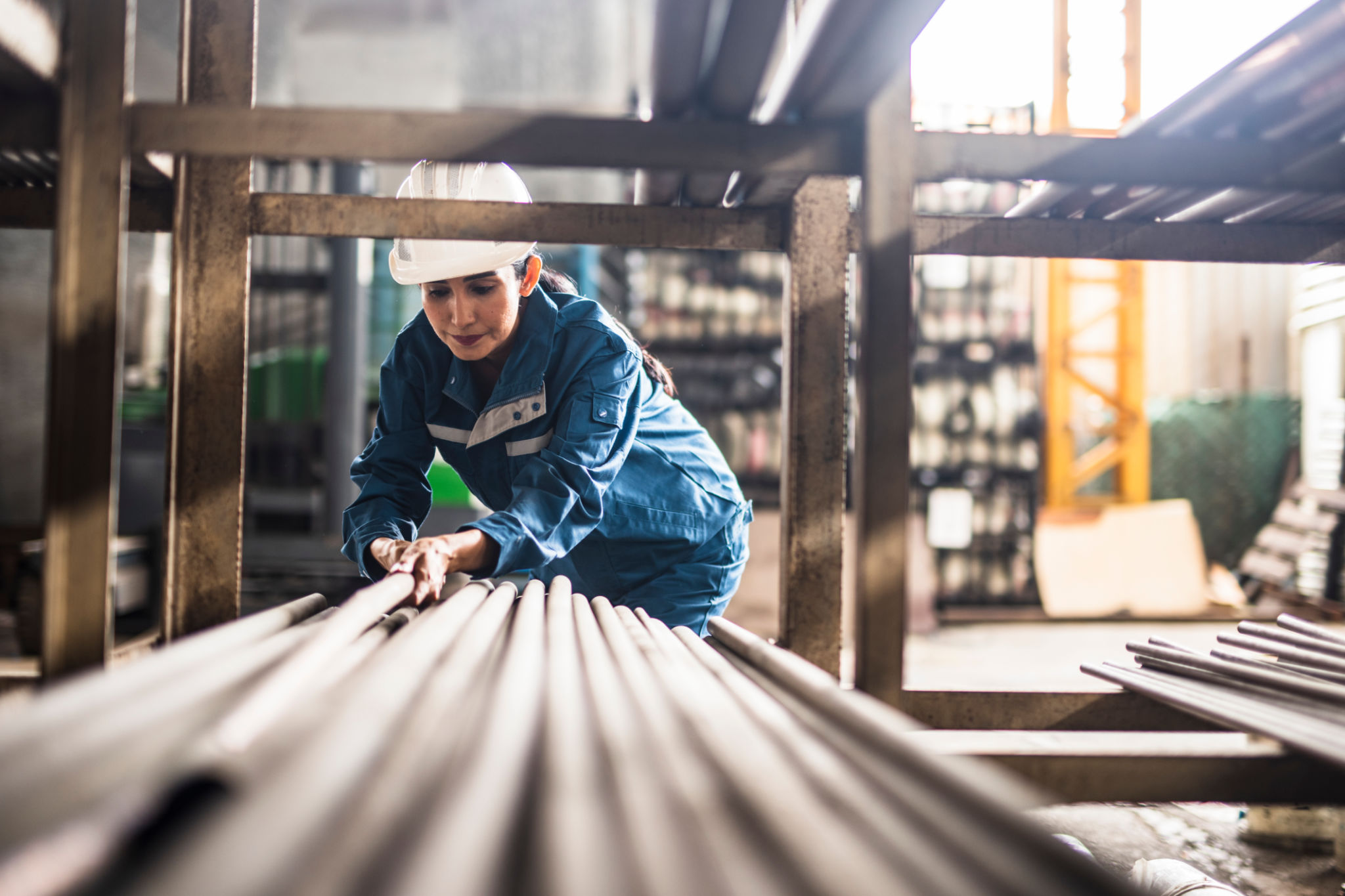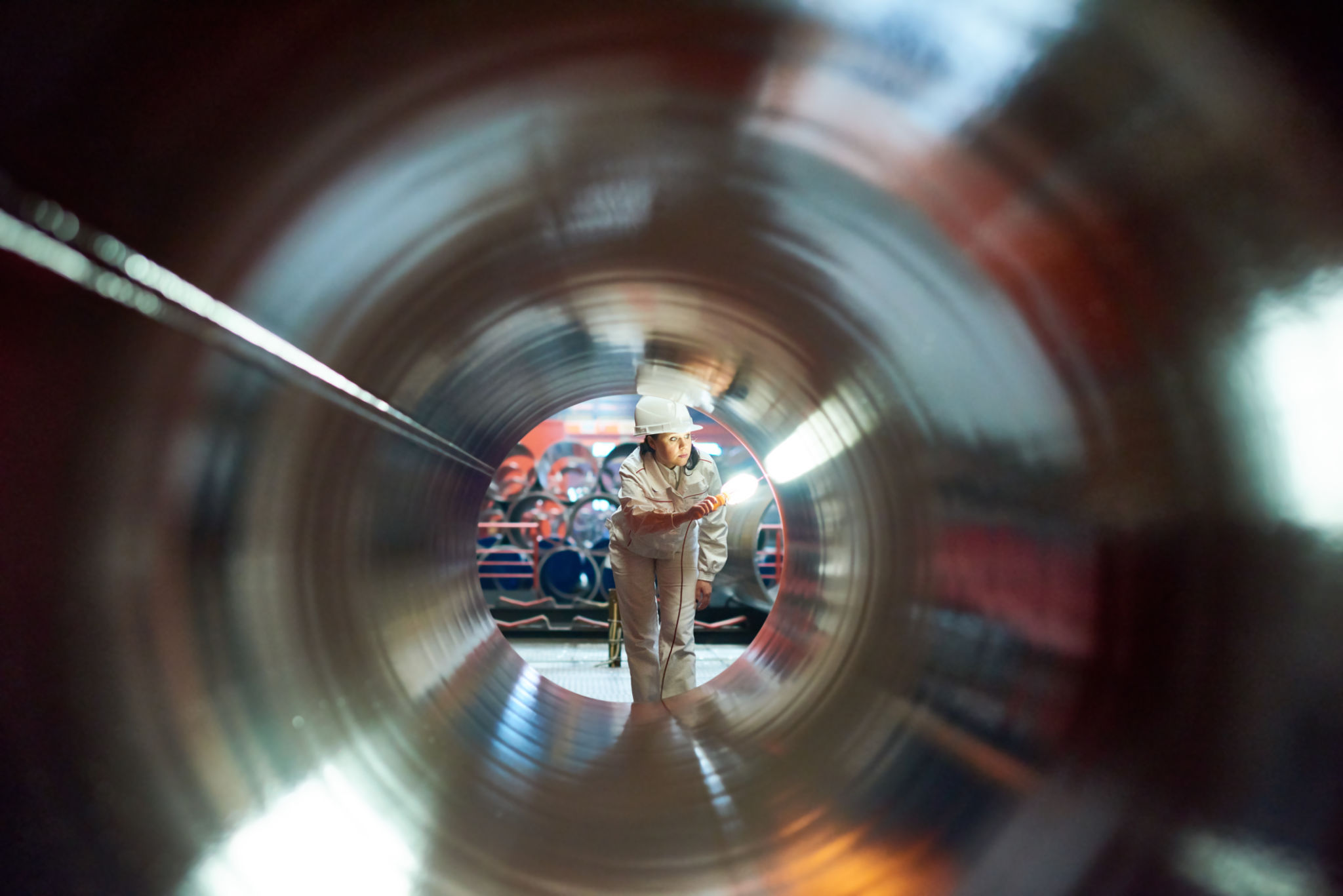Understanding the Custom Metalwork Process: From Concept to Creation
Understanding the Custom Metalwork Process
Custom metalwork is a fascinating industry that blends artistry and engineering to create unique and functional pieces. From ornate gates to intricate sculptures, the process of transforming raw metal into a finished product is both complex and rewarding. In this blog post, we'll explore the various stages involved in custom metalwork, from the initial concept to the final creation.

Conceptualization and Design
The journey of custom metalwork begins with a concept. Whether it's a client's vision or an artist's inspiration, this stage involves a lot of brainstorming and creativity. The goal is to develop a clear idea of what the final piece should look like. During this phase, designers often use sketches, diagrams, and computer-aided design (CAD) software to visualize the project. This step is crucial as it sets the foundation for all subsequent work.
Once a design is finalized, it's essential to choose the right materials. The selection depends on factors such as the piece's intended use, aesthetic preferences, and budget. Common materials include steel, aluminum, copper, and brass, each offering distinct properties and finishes.
Material Preparation and Cutting
After selecting the materials, the next step is preparation. This involves cleaning and cutting the metal to the required sizes and shapes. Advanced techniques such as laser cutting, plasma cutting, and waterjet cutting are often employed for precision and efficiency. These methods ensure that each component is perfectly sized to fit the overall design.

Fabrication and Assembly
With all components prepared, the fabrication process begins. This stage involves bending, welding, and assembling the pieces together. Skilled craftsmen use various tools and techniques to shape the metal according to the design specifications. Welding is a critical part of this process, requiring expertise to ensure strong and seamless joints.
During assembly, attention to detail is paramount. Craftsmen meticulously align and secure each piece, frequently checking against the original design to maintain accuracy. This hands-on approach ensures that the final structure not only meets aesthetic standards but also maintains structural integrity.

Finishing Touches
Once the structure is complete, it's time for finishing touches. This stage includes polishing, painting, or coating the metal to enhance its appearance and protect it from corrosion. Finishing options vary widely, from powder coating and anodizing to traditional painting techniques. Each finish offers unique benefits and contributes to the overall look of the piece.
Additional embellishments, such as engraving or inlay work, may be added to personalize the piece further. These details can transform a simple metal structure into a work of art, adding character and distinction.
Quality Control and Installation
The final step in the custom metalwork process is quality control and installation. Before leaving the workshop, each piece undergoes rigorous inspection to ensure it meets all specifications and quality standards. Any necessary adjustments are made at this stage to guarantee perfection.

Once approved, the piece is ready for installation at its intended location. Whether it's a decorative railing or a functional gate, proper installation is crucial for both aesthetics and safety. Skilled installers ensure that each piece is securely placed and functions as intended.
In conclusion, custom metalwork is a meticulous process that combines creativity with technical skill. Each stage requires careful planning and execution to transform raw materials into beautiful, durable structures. By understanding this process, clients can appreciate the craftsmanship involved in bringing their visions to life.
